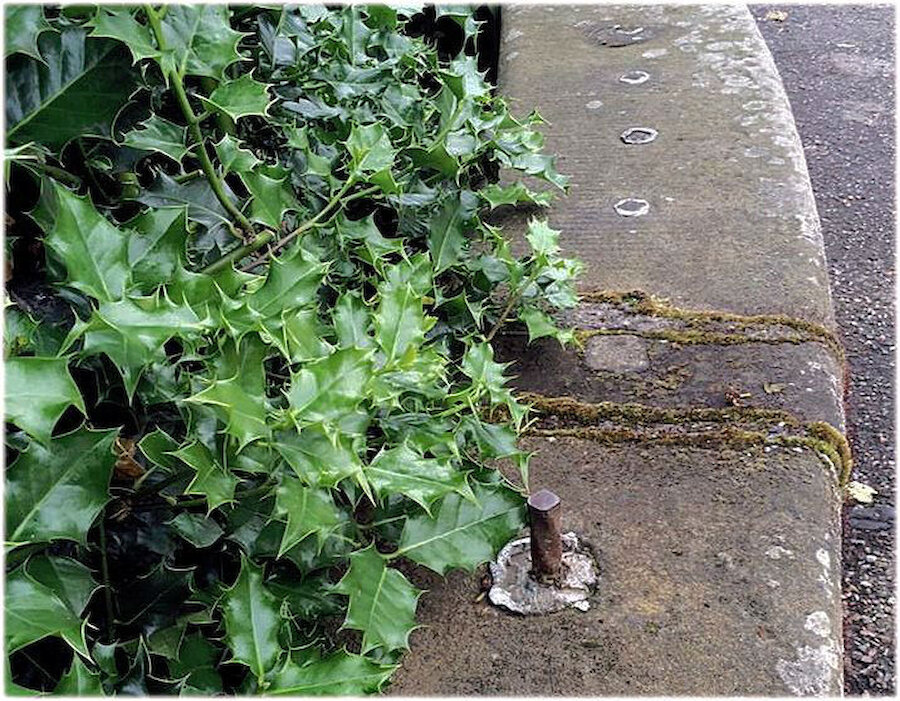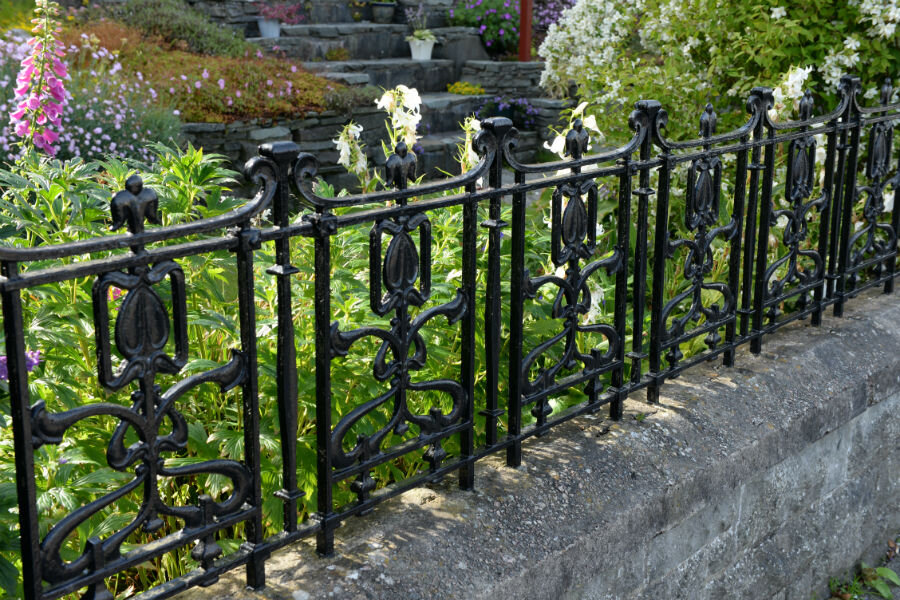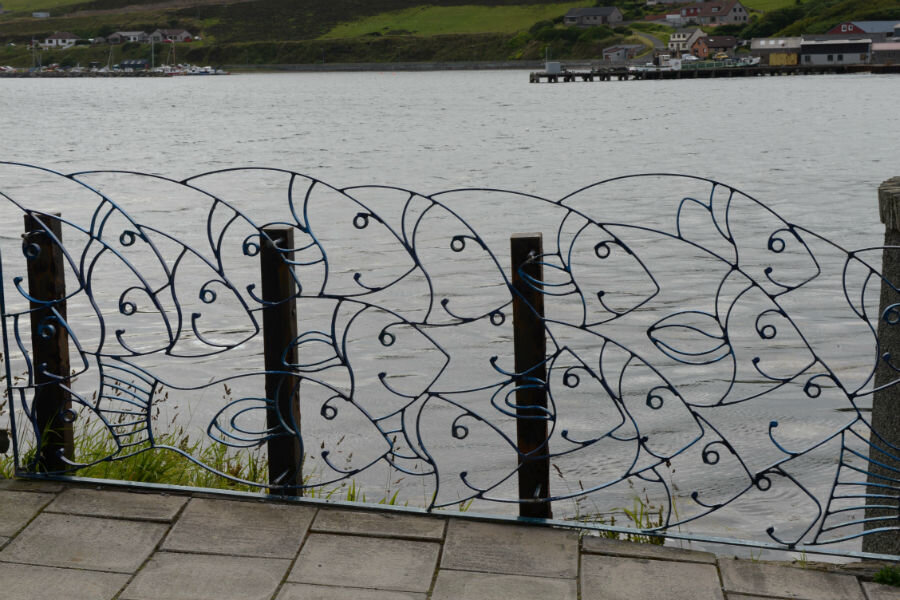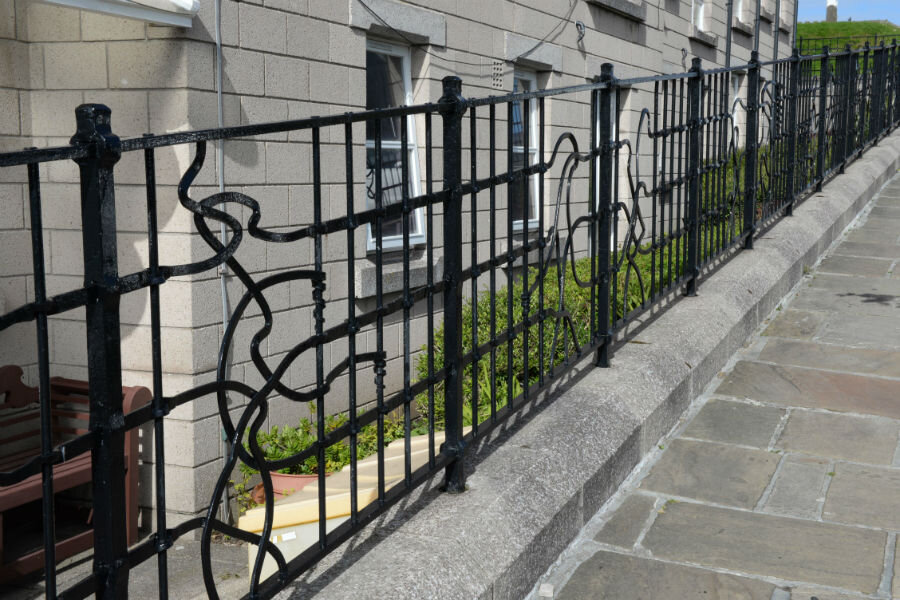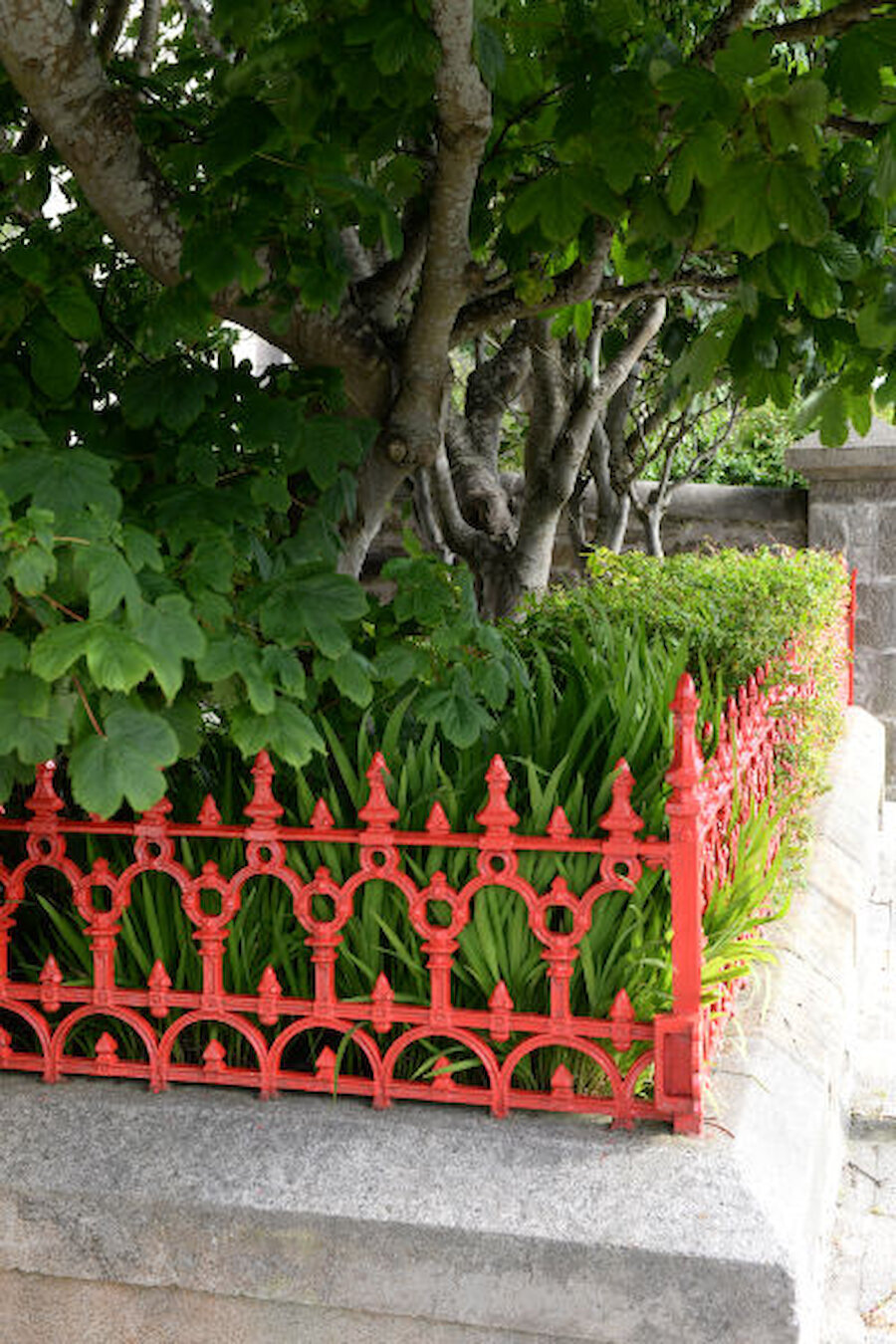A Spanish friend of mine, walking around Inverness, was puzzled to find that many low roadside walls were punctuated by the stubs of iron railings; and, if you take an urban walk in most towns in Britain, you may well come across these.
What my friend didn’t realise was that many, many thousands of these railings – and the gates that were made in the same styles – were removed during the Second World War. They were cut from walls as part of a national effort to gather all available iron, the aim being to support the war effort. This was at a time when Britain had its back very much against the wall as it struggled to keep the military might of the Nazis at bay.

